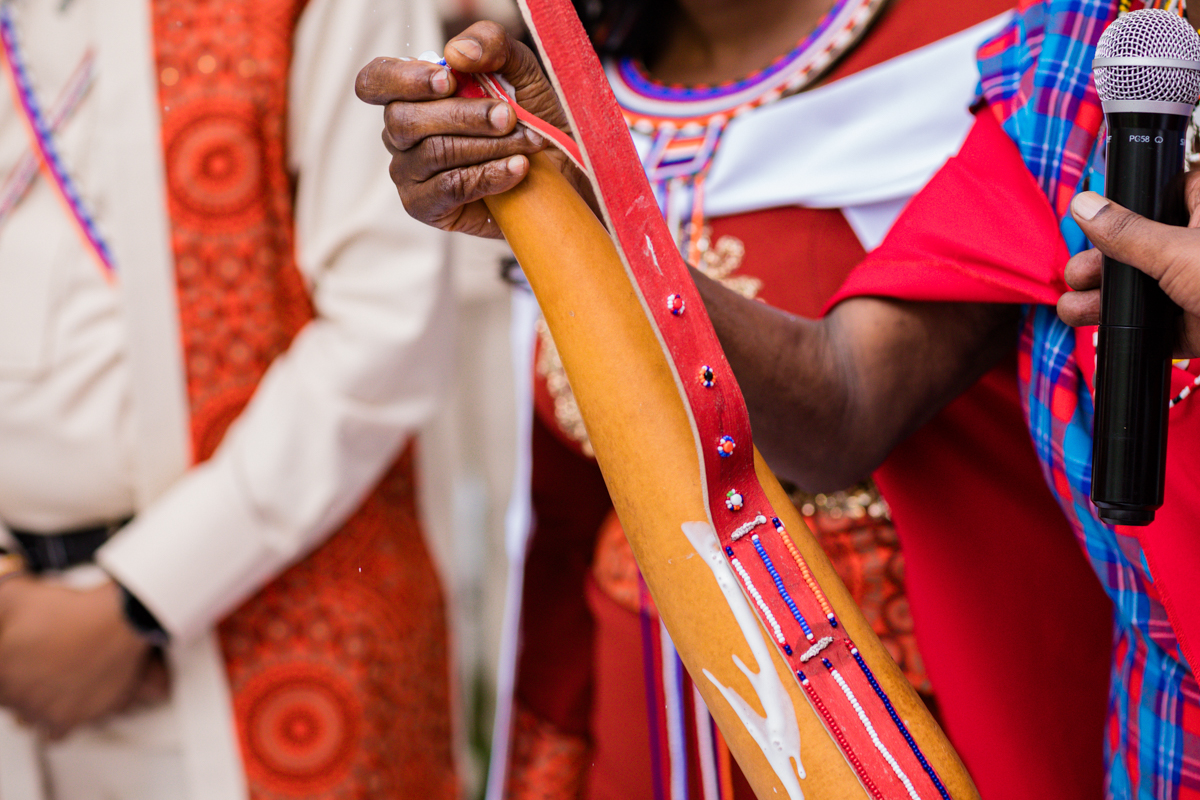Maasai Enkiama Marriage Ceremony :: Traditional Cultural Rituals
Marriage, known as Enkiama, holds a special place in Maasai culture as a vital connection and the foundation of future generations. The process involves the boy and girl undergoing initiation rites before the elders arrange the marriage. Surprisingly, the bride and her mother are not informed initially. If the boy’s interest is reciprocated, his parents approach the girl’s family with a proposal. Upon acceptance, the boy’s parents return with a dowry that includes cattle, goats, sheep, blankets, or even khat (a medicinal plant) and sugar, among others. While the girl has no say in the matter, she accepts the union as a testament to the respect given to her parents’ decisions.
A Maasai man may marry after he has completed his term of service as a junior warrior and has passed through the Eunoto ceremony, although to do so he must first acquire wealth (cattle), a process that takes time. Sometimes, he can choose his wife; in other cases, his parents may already have negotiated a bride for him with her parents, sometimes many years before (and on occasion when the girl was merely a baby).
If he is wealthy, a man may take as many wives as he wishes, on condition that he pays bridewealth – traditionally a substantial sum in cattle – for each wife (another source I’ve read contradicts this, stating that bridewealth is minimal, ranging between three and six animals, compared to the dozens of animals required among the Turkana and Rendille, for instance).
Bridewealth compensates the bride’s parents for the loss of a daughter and helps guarantee that the husband will fulfill his obligations. Polygyny is nowadays common only among older men. Maasai weddings are so attractive and even the learned people are still practicing them.
Unbreakable Traditions
Other Maasai Rituals
Enkipaata
The time in which a boy becomes a man: this involves a “head-shaving” ceremony
-women must be married before the age of twenty
-A dowry must be given to the parents of the bride
-the father of the bride must spit on her head and breasts before the wedding begins
-after the wedding ceremony, the woman walks away from her family and is not allowed to look back as it is known as bad luck.
emuratta
shortly after the enkipaata, the boys go through the circumcision ceremony to validate their manhood
emanyatta
common Wedding Gifts
the time in which a girl becomes a woman
-Goatskins
-copper jewelry
-containers, pottery, etc.
-sheep
-A cup of cow blood is given to the couple after the ceremony
Masaai Tribe
Maasai Enkiama
the Maasai tribe is a group of semi-nomadic people inhabiting southern Kenya and northern Tanzania. they are among the best-known local populations because of their distinctive customs and dress.
facts
Attire
-polygamy is achieved most often by older men
-many women are widows, however, they are not allowed to re-marry.
-Women inherit nothing
-the tribe still performs ancient rituals like the “Enkipaata”
“A man without a wife is like a vase without flowers.”
-Faces are usually painted red and the color is greatly incorporated into the garments
-Lots of traditional jewelry and patterns are integrated
-Bright colors are favored
A Maasai wedding
Maasai Enkiama Marriage Ceremony :: Traditional Cultural Rituals




























